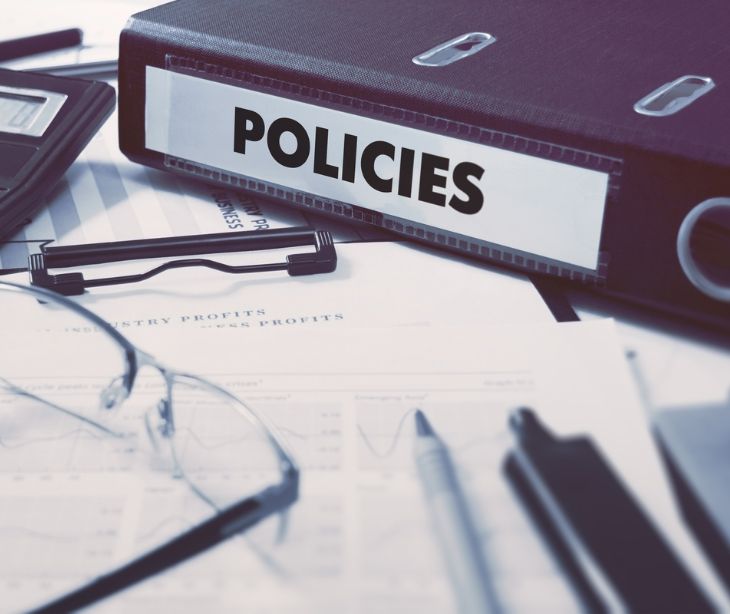1 min read
How frequently should you revise policies for HIPAA compliance?
Liyanda Tembani
August 10, 2023

To ensure compliance with HIPAA regulations, covered entities and business associates must establish and implement comprehensive policies and procedures. These policies protect patients' privacy, maintain data security, and mitigate potential risks associated with handling protected health information (PHI). Healthcare organizations must understand how often these policies and procedures should be updated to maintain HIPAA compliance.
Factors influencing policy and procedure updates
- Dynamic healthcare landscape: The healthcare industry continuously evolves with new treatments, procedures, and technologies. Policies and procedures should reflect these changes to address emerging practices that impact PHI. For instance, the adoption of telemedicine and electronic health records (EHR) requires updated policies to address data sharing, access, and security concerns.
- Security threats: Cybersecurity threats evolve rapidly, and new vulnerabilities may emerge. Regular policy updates enable healthcare organizations to implement measures to address the latest security risks.
- Organizational changes: Mergers, acquisitions, or changes in partnerships can alter an organization's structure and data sharing practices, necessitating policy adjustments. For example, when two healthcare entities merge, they must harmonize policies and procedures to ensure a unified approach to PHI protection.
Related: How to develop HIPAA compliance policies and procedures
The risks of outdated policies
- Noncompliance penalties: Failure to adhere to HIPAA regulations can lead to substantial fines and penalties, jeopardizing an organization's financial stability.
- Breach vulnerabilities: Outdated security policies may not adequately protect against new threats, increasing the risk of data breaches and potential PHI exposure.
- Legal liabilities: In the event of a security incident or breach, organizations could face legal actions from affected individuals or authorities. Legal battles resulting from PHI exposure can be costly, damaging an organization's reputation and credibility in the healthcare community.
Recommended frequency for updates
While HIPAA does not specify a specific timeline for policy and procedure updates, best practices suggest the following guidelines:
- Annual reviews: Conduct comprehensive reviews of policies and procedures at least once a year. This ensures that they remain current with regulatory changes. A yearly review provides an opportunity to assess how effective existing policies are and identify areas for improvement.
- Proactive approach: Encourage a proactive approach to compliance by monitoring developments in healthcare regularly. Staying informed about industry trends and potential risks allows organizations to anticipate changes and update policies accordingly rather than reacting to incidents after they occur.
- Incident-triggered updates: In addition to annual reviews, organizations should update policies promptly when significant changes occur, such as regulatory updates or data breach incidents. Timely responses to incidents help mitigate risks and demonstrate a commitment to compliance and data security.
Subscribe to Paubox Weekly
Every Friday we'll bring you the most important news from Paubox. Our aim is to make you smarter, faster.





